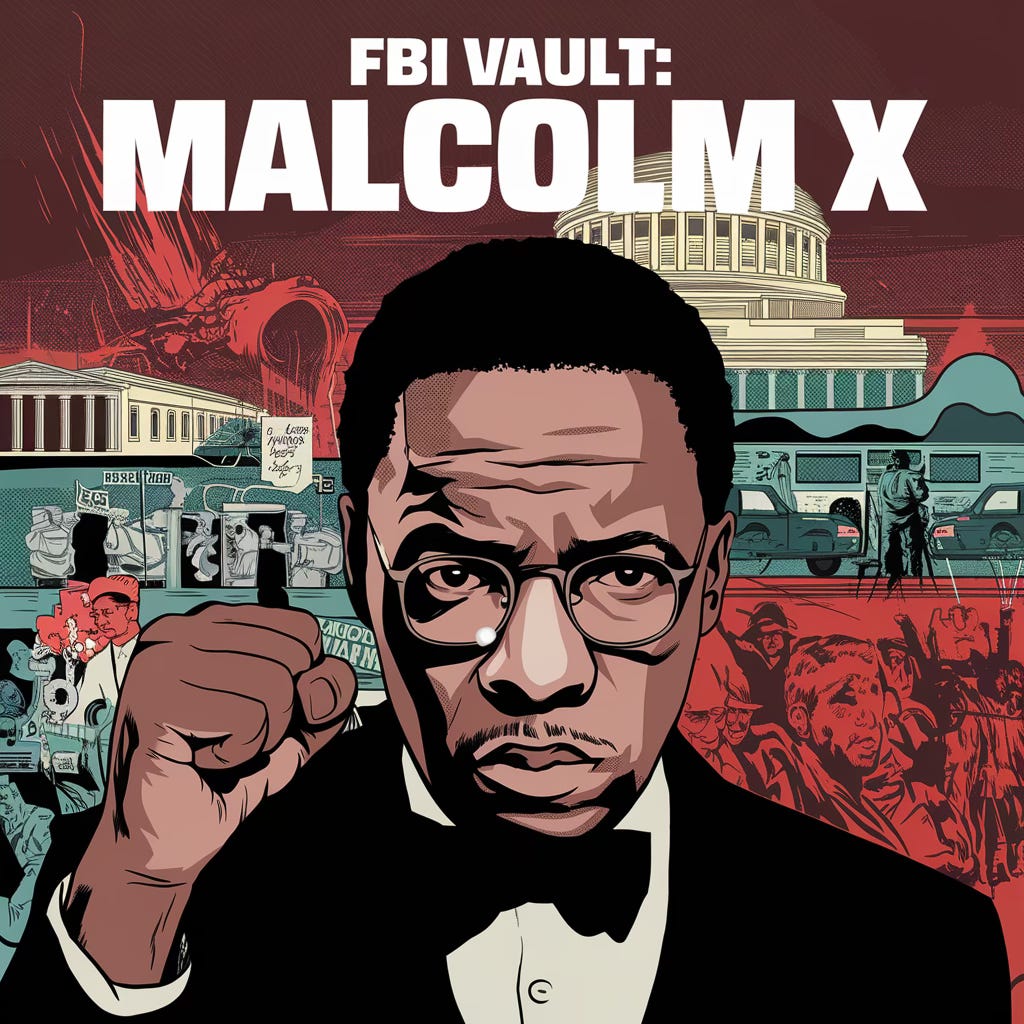#7: Crafting a Movement: The Inspiring Story of Elbert Hubbard
Description
Elbert Hubbard (1856-1915) was a multifaceted individual whose life was marked by contradictions. Described as "the original hippie" and a "rebel within the rebellious cause," he championed the Arts and Crafts movement while simultaneously embracing capitalist principles.
* From Soap Salesman to Arts and Crafts Leader: Hubbard's early career was in sales and marketing, rising to a prominent position at the Larkin Soap Company. However, he felt unfulfilled and sought a more meaningful path. Influenced by writers like Emerson, Thoreau, and Whitman, he embarked on a journey of self-discovery that led him to the Arts and Crafts movement in England.
* The Roycroft Community: Inspired by William Morris' Kelmscott Press, Hubbard founded the Roycroft community in East Aurora, New York in 1895. Roycroft was a "quasi-communal, neomedievalist, semiutopian community" that produced handcrafted furniture, leather goods, books, and more. The community attracted artisans and bohemians, becoming a hub for artistic expression and a symbol of a simpler way of life.
* A Master of Self-Promotion: Hubbard was a skilled self-promoter, crafting a distinct persona that combined bohemian and cowboy aesthetics. He wore unconventional clothing, embraced unconventional ideas, and used his publications to criticize societal norms and institutions. This persona, along with his writings, helped propel him to national fame.
The Roycroft Movement and its Impact
The Roycroft movement, spearheaded by Hubbard, significantly impacted American architecture and design in the early 20th century.
* A Reaction to Industrialization: The movement emerged as a response to the growing dissatisfaction with industrialization and the mass production of goods. It emphasized handcrafted items, simple living, and a return to traditional values.
* Americanizing the Arts and Crafts Movement: Hubbard adopted and adapted William Morris' ideals for an American context. He embraced limited machine production to make Roycroft products more affordable and accessible to a wider audience, unlike the expensive, purely handcrafted goods produced by Morris.
* "A Message to Garcia" and the Business World: Hubbard's essay "A Message to Garcia" became a global phenomenon, promoting worker loyalty and initiative. While it brought him immense success and resonated with businesses, it also highlighted the contradiction between his rebellious nature and his endorsement of conformity in the workplace.
Key Themes and Ideas
* Individual Initiative and Responsibility: Hubbard, through "A Message to Garcia," strongly advocated for individuals taking initiative and fulfilling their responsibilities without excessive questioning. As stated in the essay: "McKinley gave Rowan a letter to be delivered to Garcia; Rowan took the letter and did not ask, 'Where is he at?' By the Eternal! there is a man whose form should be cast in deathless bronze and the statue placed in every college of the land."
* Simplicity and Craftsmanship: The Roycroft movement celebrated the beauty of handcrafted goods and advocated for a simpler way of life, emphasizing the value of manual labor and artistry over mass production.
* Marketing and Branding: Hubbard was a pioneer in branding and marketing, skillfully promoting both the Roycroft community and himself. He understood the power of symbolism, adopting the medieval "Roycroft" name and logo to create a distinct image and appeal to a specific market.
Criticisms and Contradictions
Despite his success, Hubbard faced criticism for his unconventional lifestyle and perceived hypocrisy.
* Personal Life and Moral Ambiguity: Hubbard's personal life, marked by infidelity and a complex relationship with Alice Moore, drew condemnation from some. His eventual divorce and remarriage to Alice further fueled public debate about his morals and values.
* Capitalizing on Anti-Capitalist Ideals: While promoting anti-industrialist sentiments, Hubbard effectively utilized capitalist strategies to grow the Roycroft business, raising questions about the authenticity of his beliefs.
* Imitation vs. Innovation: Critics, including William Morris' own daughter, labeled Roycroft a "vulgar imitation" of the English Arts and Crafts movement. This criticism highlighted the debate over whether Hubbard genuinely contributed to the movement or merely capitalized on its popularity.
Legacy
Elbert Hubbard and the Roycroft movement remain a subject of fascination and debate.
* Enduring Influence on Design and Craftsmanship: Roycroft's influence on American design and the enduring appeal of Arts and Crafts aesthetics is undeniable. The Roycroft campus in East Aurora continues to attract visitors and celebrate the community's artistic legacy.
* A Lasting Symbol of the American Dream: Hubbard's journey from soap salesman to cultural icon embodies the spirit of the American Dream, albeit a complex and contradictory one. His story highlights the possibilities and contradictions inherent in American individualism and ambition.
In Conclusion:
Elbert Hubbard was a complex and fascinating figure whose life and work continue to resonate today. His promotion of individual initiative, his embrace of simple living and craftsmanship, and his mastery of self-promotion all contributed to the success of the Roycroft movement and its lasting impact on American culture. However, his contradictions and inconsistencies continue to provoke discussion and debate about his motivations and legacy.
Resources
* https://en.wikipedia.org/wiki/Elbert_Hubbard
* https://en.wikipedia.org/wiki/Roycroft
* https://en.wikipedia.org/wiki/A_Message_to_Garcia
Get full access to Two Robots Talking at www.tworobotstalking.com/subscribe






















